India’s alcoholic beverages (alcobev) sector is expected to grow by 8-10% in FY25, according to Icra, a credit rating agency. This growth will be fueled by consistent demand for beer, a rebound in spirit consumption, and more consumers choosing premium products.
Key Factors Behind the Growth
Some of the major reasons for this anticipated growth are:
- Steady Demand for Beer and Spirits: Both beer and spirits continue to be in high demand. The consumption of spirits, which had slowed down due to various factors like tax increases and inflation, is now picking up again.
- Premiumisation: More people are opting for premium alcoholic beverages, driving sales higher as customers are willing to spend more for better-quality drinks.
- Price Hikes: A few state governments have allowed price hikes for alcoholic beverages this year, helping boost revenues.
Performance in Q1 FY25
During the first quarter of FY25, the spirits industry saw a 9% year-on-year (YoY) revenue increase, thanks to a 5-7% rise in realisations and a 2-4% growth in volumes. The beer industry performed even better with a 12% revenue growth, helped by a 3-5% volume increase and 7-9% higher realisations due to peak-season demand.
FY25 Forecast
According to Kinjal Shah, Senior Vice President at Icra, the alcobev industry’s volume growth is expected to improve to 5-6% in FY25, up from 4% in FY24. This increase is attributed to a younger population, steady grain prices, and fewer tax hikes this year.
In FY24, spirit consumption declined by 3% due to increased taxes, inflation, and the shift towards premium products. However, a recovery is expected in FY25, with 2-4% growth in spirits volumes.
Beer, which saw an 8% YoY growth in FY24, will continue to grow at a moderate rate of 5-7% in FY25.
Stable Profit Margins
Operating profit margins (OPM) for alcobev companies are expected to remain between 12-13% in FY25. This stability comes from a reduction in packaging material costs, such as glass bottles, which are cheaper due to falling soda ash prices. While the cost of grains, especially non-basmati rice, increased by 20-25%, the lower packaging costs will help keep margins stable.
The price of non-basmati rice has started to decline since July 2024, offering some relief to alcobev manufacturers. However, the growing demand for ethanol production, driven by the government’s blending policies, could impact grain availability in the future.
Capital Expenditure and Debt Levels
Companies in Icra’s sample set spent more than Rs 1,000 crore on capital expenditure (capex) in FY23 and FY24 to expand their distilleries and breweries. However, capex is expected to slow down to 2-3% of operating income in FY25 and FY26 since many companies have already enhanced their production capacities.
With more moderate spending plans and strong cash flow, debt levels for these companies should remain stable. The debt/operating profit ratio (OPBDITA) is expected to be between 0.3-0.5 times, while the interest coverage ratio is projected at 27-30 times for FY25.
Conclusion
The Indian alcobev sector is on track for steady growth in FY25, driven by solid demand for beer and spirits, a shift towards premium products, and favorable pricing policies. While grain prices remain a challenge, reduced packaging costs will help maintain profit margins. With moderate capital expenditure plans, the industry is well-positioned for stable growth in the coming years.




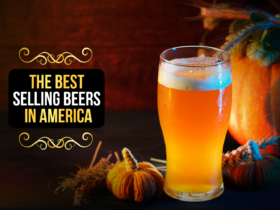














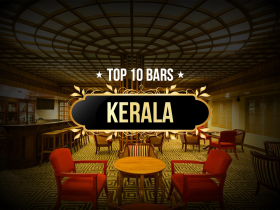
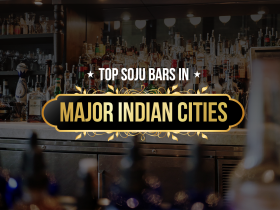



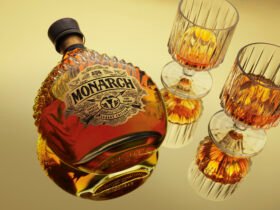
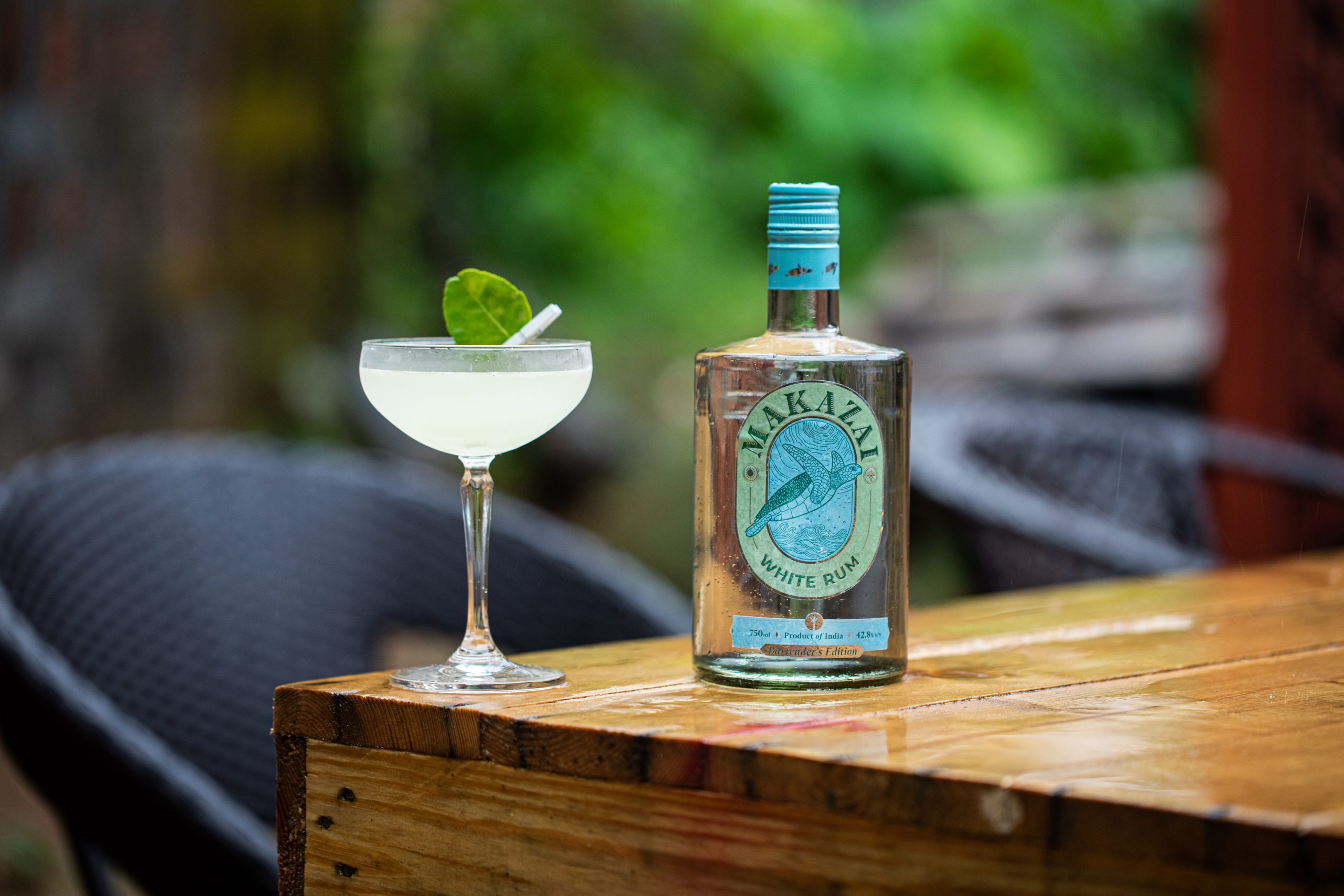
Leave a Reply